A usinagem de tolerância apertada é um processo de fabricação de parte, com tolerâncias dimensionais muito apertadas. Nesse processo, we give a very small tolerance around the desirable size — here we are talking about fractions of a mm.» Manufacturing components for industries such as aerospace, automotivo, médico, and electronics demand tight tolerances.
Significance of Tight Tolerance
When components must fit onto one another perfectly or function in well-defined environments, an ill-dimensioned part can result in a malfunction. Tight tolerance machining is used to guarantee that parts are aligned, ensuring their function and reliability over time.
What Makes it Difficult to Achieve Tight Tolerances
It’s a challenge to get tight tolerances. That takes precision, the right gear, and technique. How accurately you can machine parts depends on a variety of factors, such as machine capability, tool wear, propriedades dos materiais, e condições ambientais.
13 Tips to Achieve Tight Tolerance Machining
Vamos cobrir 13 critical tips to help you deliver tight tolerances in your machining process.
Dica 1: Use High-Quality Machines
A high-precision CNC machine forms the tight tolerance machining basis. Find machines that provide high rigidity and low thermal growth. High repeatability machines with higher control systems ensure precision for every cut.
Dica 2: Escolha o material certo
When tight tolerances are required, material selection can play a huge part. Outros, Incluindo aço inoxidável e titânio, are much more stable and easier to machine at high precision. Outros, such as plastics or softer metals, could run into problems such as warping or expanding when subjected to heat.
Dica 3: Ensure Proper Tooling
Choosing tooling is of utmost importance today. Tools need to be sharp, durável, and specific to the material being machined. Dull or worn tools contribute to inaccurate cuts, so they must be regularly inspected, if not replaced.
Dica 4: Choose Proper Cutting Speeds
Other machining applications require tighter tolerances, which are difficult to maintain with improper cutting speeds. The faster it goes, the more likely that the material or tool overheats. Too fast, and you might add undue stress or uneven cutting. Get the best speed of the material and tool you have.
Dica 5: Control Cutting Forces
When you cut, you want to make the cutting forces smaller because they would deform the workpiece. Make shallow cuts instead of deep or heavy cuts to avoid deviating from the material. Proper tool selection and feeding rates also help contain cutting forces.
Dica 6: Maintain Machine Tools in Excellent Condition
The key to keeping CNC machines and tooling running within tight tolerances is maintenance. Even if your machines are operating perfectly, it’s still important to clean and lubricate them, check them for worn-out parts, and calibrate them regularly.
Dica 7: Control Environmental Factors
Temperature changes can take their toll on both your material and your machine. Use a temperature-controlled workshop with the least amount of thermal expansion possible. Even slight changes in temperature cause dimensional changes in the material being worked.
Dica 8: Use fixação adequada
When machining tight tolerances, secure workholding is essential. It is required that the object being machined does not move during operation. Staying true to your dimensions means your part won’t ever budge or go anywhere when holding onto it with precision chucks, jogos, and clamps.
Dica 9: Avoid Part Distortion
Durante usinagem, some materials, especially metals, tend to get distorted. Use a mix of cutting speed and depth to avoid this. Além disso, techniques such as stress-relief heat treatments or staged machining can be used to minimize distortion.
Dica 10: Track Tool Wear and Tooling Quality
Machining precision can be heavily influenced by the condition of the cutting tool. Worn-down tools can also lead to inconsistent cuts and eventually affect dimensions. To keep the machining process consistent, tools should be inspected regularly and replaced as needed.
Dica 11: Use a Fine Finish Pass
For high-precision parts, it’s generally good practice to do a fine finish pass after roughing. This final pass makes sure the part gets to its precise size as well as surface finish, reducing rework.
Dica 12: Use High Precision Measuring Tools
When working with tight tolerances, measuring tools must be accurate. D. Qualification and verification: Use micrometers, digital calipers, and CMM to check spec/measurements at various points in the process. Measure twice during machining at critical points.
Dica 13: Hire Operators with Experience
Seasoned machinists understand how to turn feeds, velocidades, and tooling to get the results they want. They give attention to detail and these are the ones that can spot the problems before they turn into tolerance issues. Make sure you have the best of the best by investing in skilled operators.
Challenges in Tight Tolerance Machining
While tight tolerances are achievable, they can present challenges, including material variations, tool wear, and even small environmental changes. No entanto, these drawbacks can be diminished with accurate planning, quality gear, and professional performance.
Conclusão
Tight tolerance machining is an important aspect of many industries, but to achieve it, there needs to be attention to detail, the right kind of machinery, and careful management of various factors. From investing in top-of-the-line machines to frequently monitoring tooling wear, these 13 tips will help you get the results you need, achieve the required precision for your parts, and keep everything running smoothly.
Precision Is Everything When It Comes To Tight Tolerance Machining. Então, follow these tips to stay one step ahead!
Perguntas frequentes
1º trimestre: What is tolerance in the machining world?
Tight tolerance refers to the process of making parts whose dimensions are extremely close to the target — typically a few thousandths of an inch (0.005” or less). It’s about making sure each part is precisely engineered, and works dependably, which is especially crucial in high-stakes industries like aerospace and medical devices.
2º trimestre: Is a tight tolerance affected by cutting speed?
Cutting speed matters a lot. Too quickly, and it can overheat the material, making it expand or warp. Too slow, and you run the risk of making rough cuts. The trick is to find that sweet spot, where the tool moves efficiently but doesn’t sacrifice the precision of the part.
3º trimestre: What are the steps to minimize tool wear when cutting tight tolerances?
You cannot prevent tool wear, but to slow it down, you can use quality tools including carbide to reduce wear. A good premise (speeds and feeds), the right coolant, and regular checks on your tools will help keep them sharp and consistent, good for tight tolerances.
4º trimestre: Does material selection affect achieving tight tolerance?
Sim, definitely. Other materials, such as aluminum or stainless steel, can be machined to a high degree of precision more readily. Softer materials can be difficult because they tend to deform, but harder materials may require you to machining at slower speeds to prevent this issue while retaining tight tolerances.
Q5: Which measuring tools are used for tight tolerance?
Coordenar máquinas de medição (Cmms) are the best tools available to measure tight tolerances—they’re very accurate. If you’re checking manually, digital micrometers and calipers are must-haves. Laser Micrometers Work Best For Non-Contact Measuring

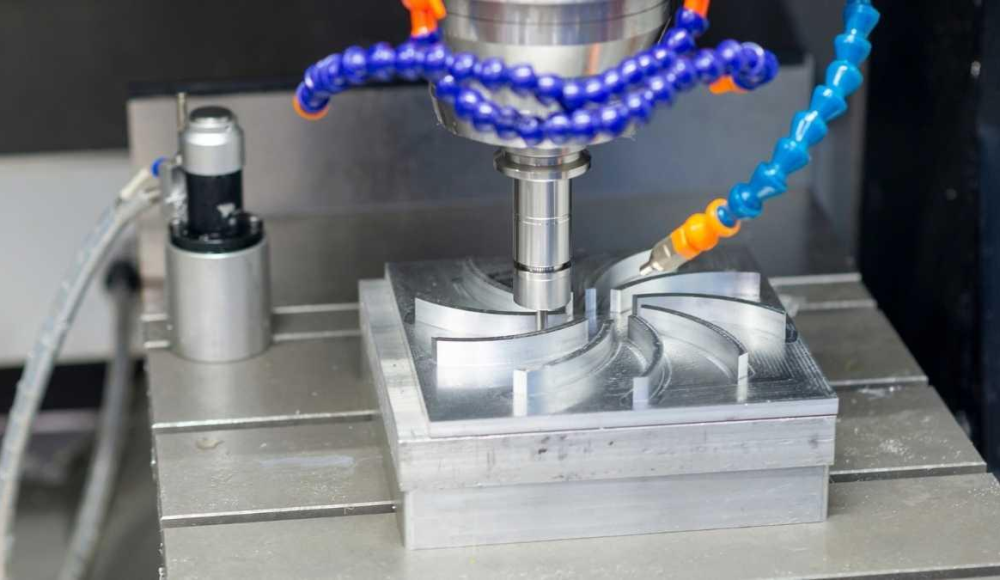
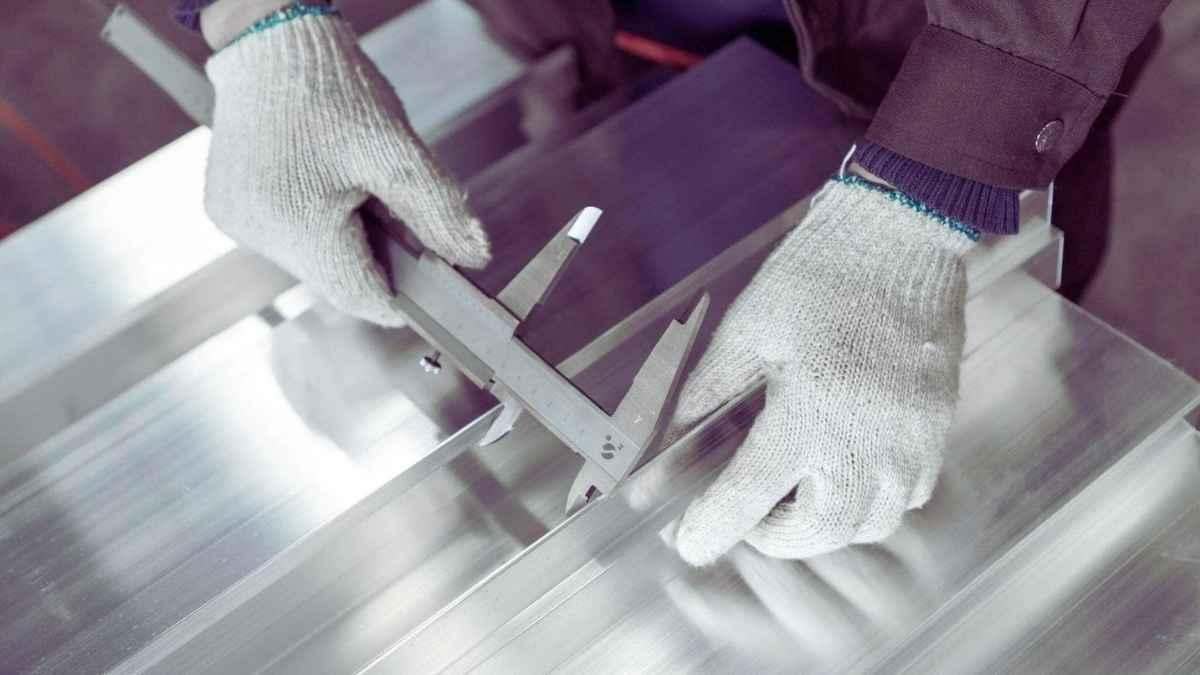
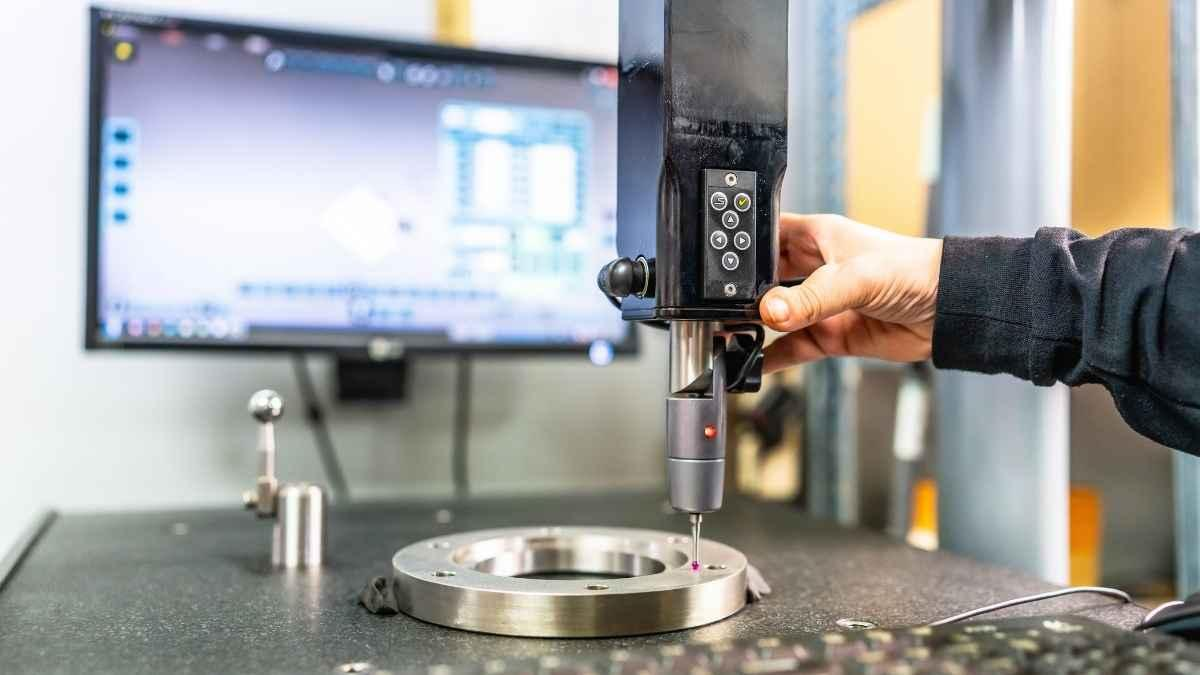
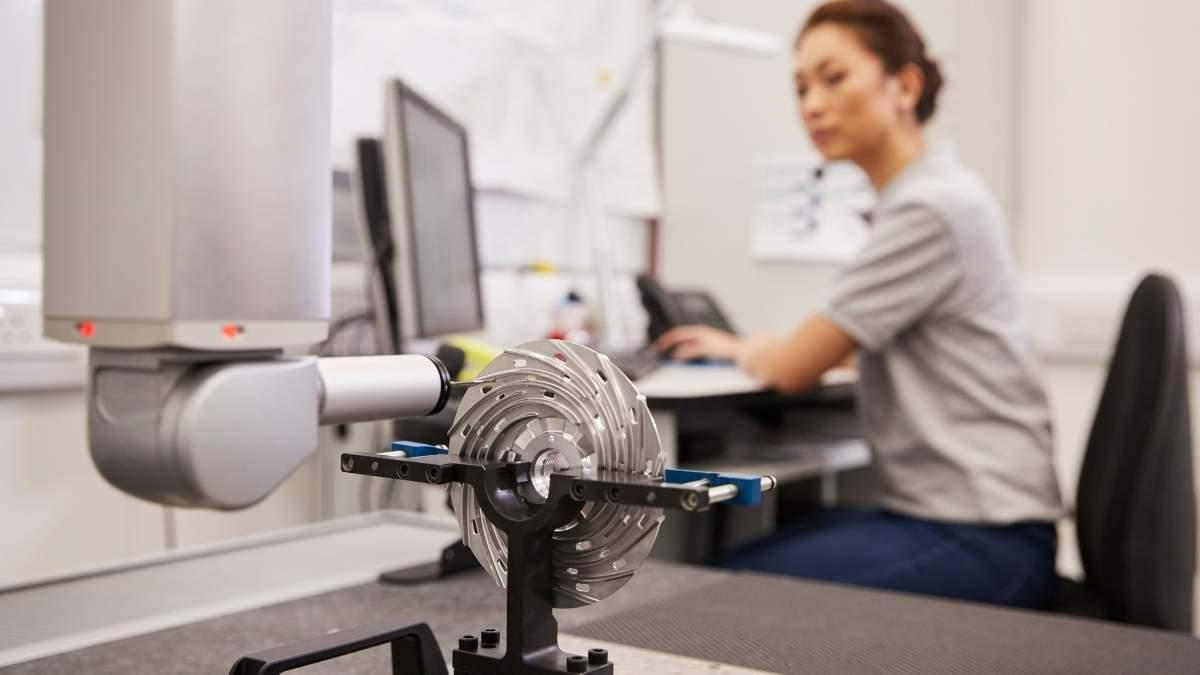
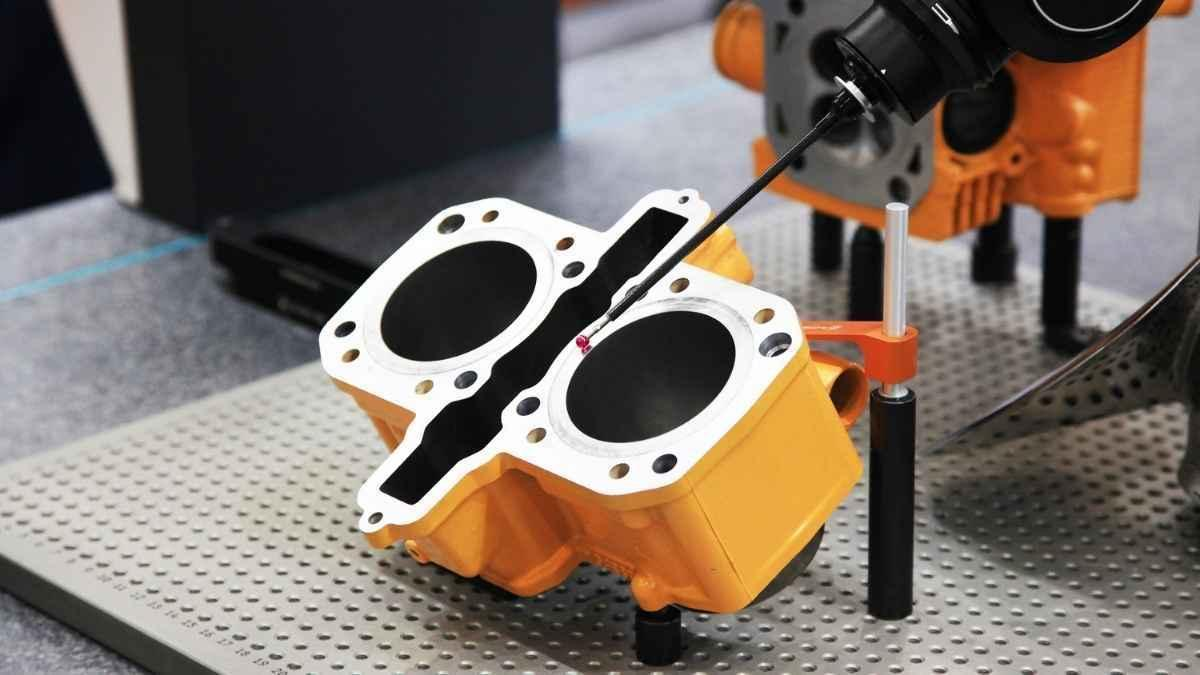
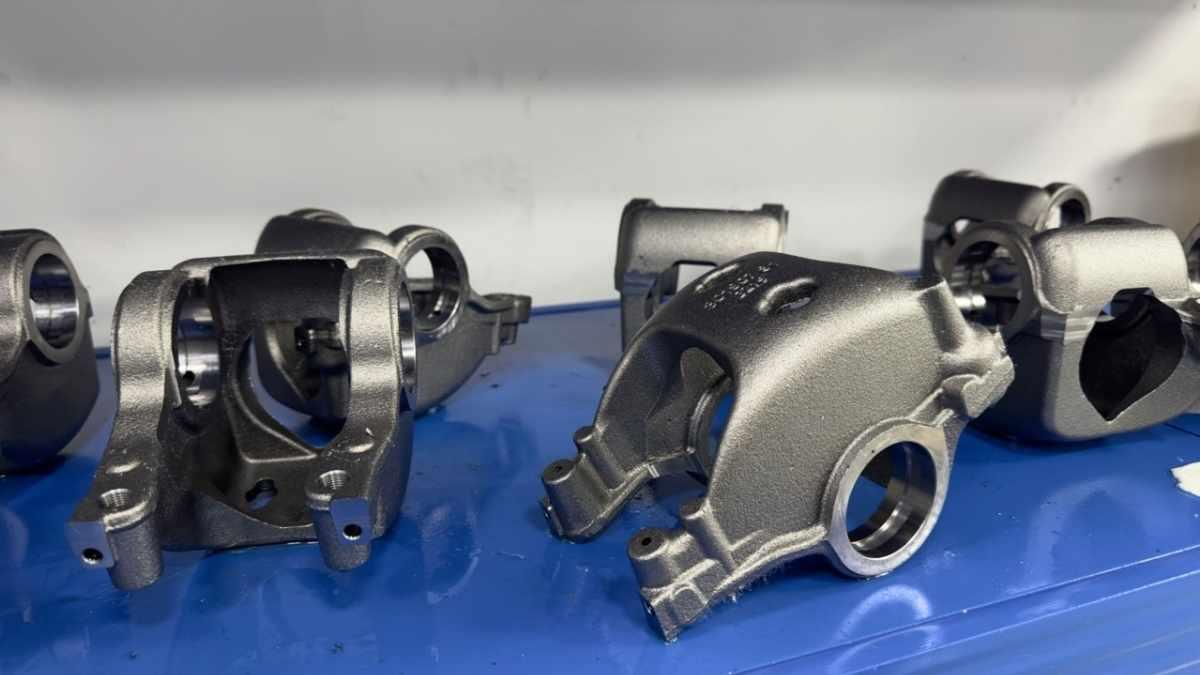
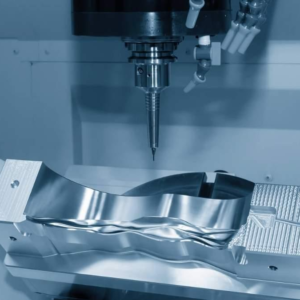
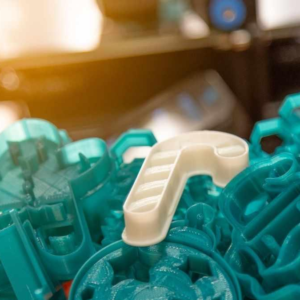
1 pensei em “Usinagem de tolerância apertada – 13 Dicas para alcançá -lo”